Ngā whāinga mō te 2030 | Goals for 2030
On this page
Ambitions for the future
The ambition of our goals for 2030 provide a set of objectives for aerospace in Aotearoa New Zealand to develop strengths in targeted areas of the global industry. We will unlock innovation and technological development across the aerospace value chain to accelerate progress towards our vision for the sector in Aotearoa New Zealand.
We have developed 5 goals for 2030 in consultation with the sector. These goals represent areas that Aotearoa New Zealand can play a significant role in - building on domestic science, research and development strengths, and by pursuing opportunities with global partners.
These goals will align industry aspirations with government priorities, policies and regulations moving forward. Collective work towards these goals will build important capabilities our country needs to address critical societal and environmental challenges as we look towards 2030 and beyond.
We have developed goals specific to space, advanced aviation and downstream data to address the specific needs of each of these subsectors. Each of the goals will be supported by activity across the pillars.
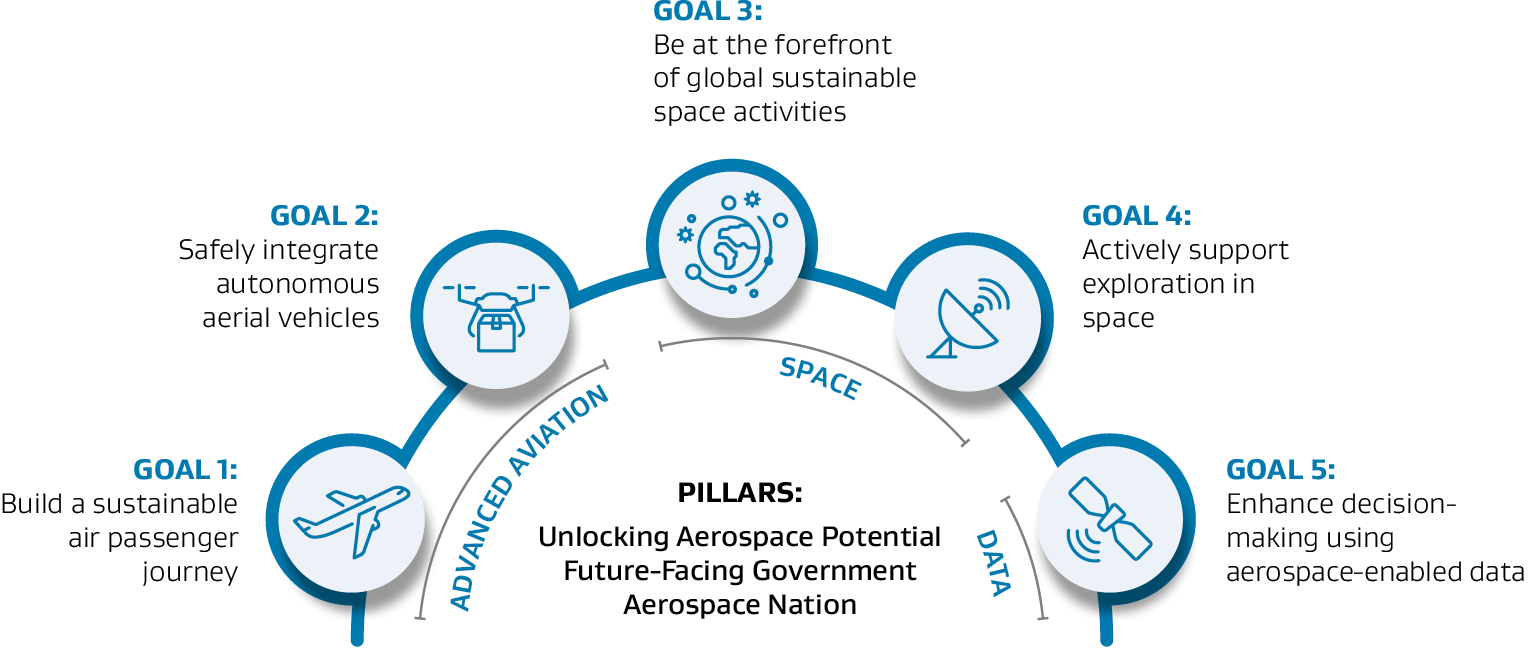
Text description of diagram
Delivery of the goals for 2030 will require commitment from across the aerospace sector. By bringing together government, industry and academia, we can create partnerships on projects with lasting benefits for Aotearoa New Zealand. The goals for 2030 will guide future government investments in aerospace and signal our priorities to our international partners, providing a platform to attract investment and capability.
We want to inspire more people to get excited about aerospace and highlight the wide-ranging benefits of aerospace technologies. This also includes motivating and supporting more young people and people in groups currently underrepresented in the sector to seek careers in aerospace.
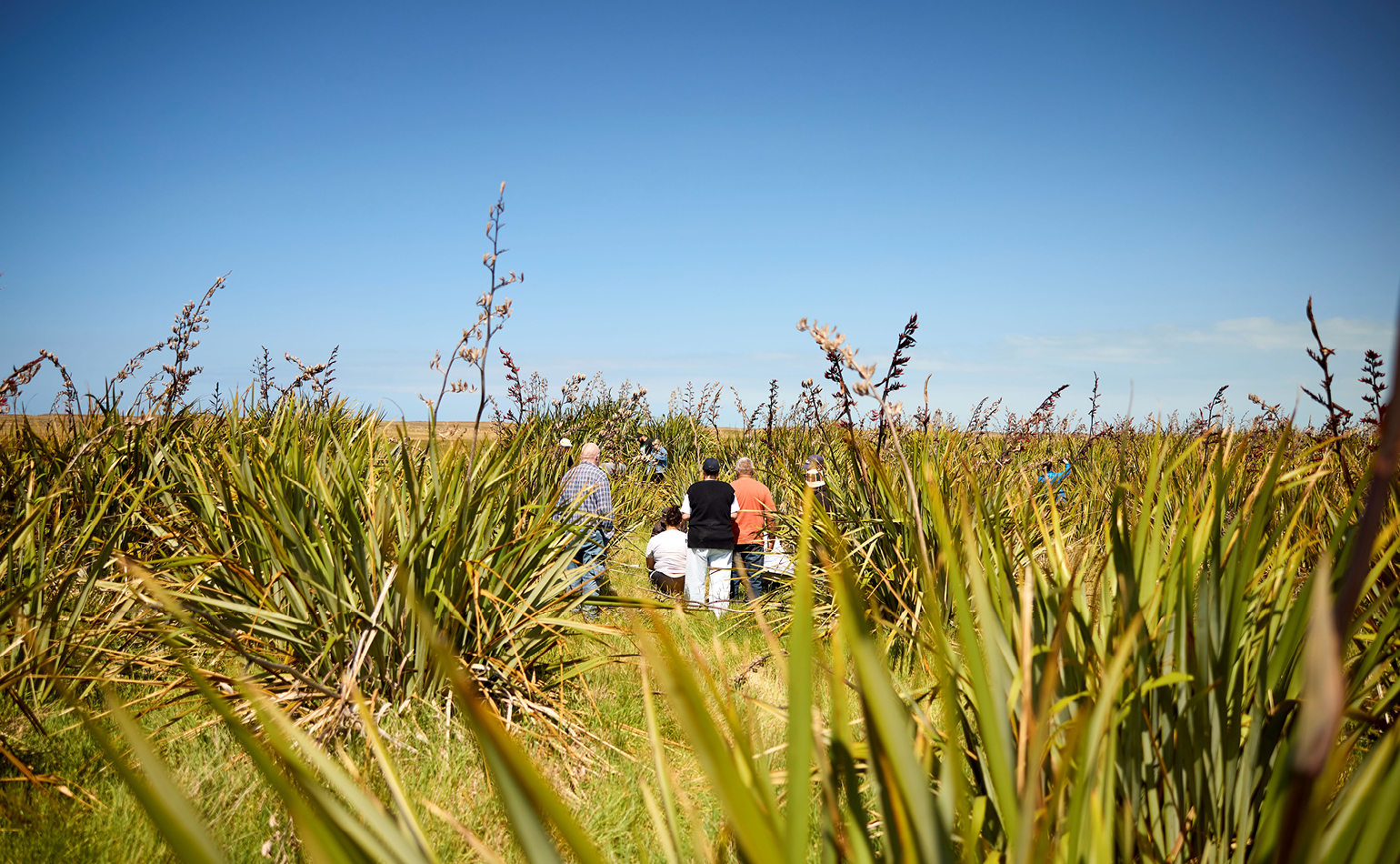
Goal 1: Build a sustainable air passenger journey | Whāinga 1: Te waihanga i te hāereere rererangi a te tāngata kia toitū
Using advanced aviation and clean energy technologies to create sustainable options for passengers at every stage of an air passenger journey
Defining the goal:
New Zealand can be a leader in trialling and adopting emerging low emissions technologies and developing supporting infrastructure. We plan to leverage our strong track record on innovation in the aviation sector to demonstrate sustainable aviation technologies, including opportunities to derive these from our renewable energy resources.
Why is this goal needed?
New Zealand is geographically isolated and relies on aviation to transport goods and people. Aviation faces a difficult transition from the use of fossil fuels to more environmentally sustainable alternatives. Decarbonising the sector requires the development of innovative new fuels and aircraft technologies as well as increasing the adoption of technologies already available, such as electric propulsion and Sustainable Aviation Fuels.
Examples of existing work:
- Te Manatū Waka Ministry of Transport has established Sustainable Aviation Aotearoa, a public-private partnership to support coordination on aviation decarbonisation
- MBIE is working with the sector to investigate the infrastructure requirements to establish hydrogen hubs at airports
- Government is supporting the testing and trialling of emerging aviation technologies in Aotearoa New Zealand, including hydrogen, hybrid and electric aircraft.
Actions for implementing this goal are detailed in the action plan section at the link below. Further details about relevant work are available on the MBIE website and will be updated throughout the duration of the Strategy.
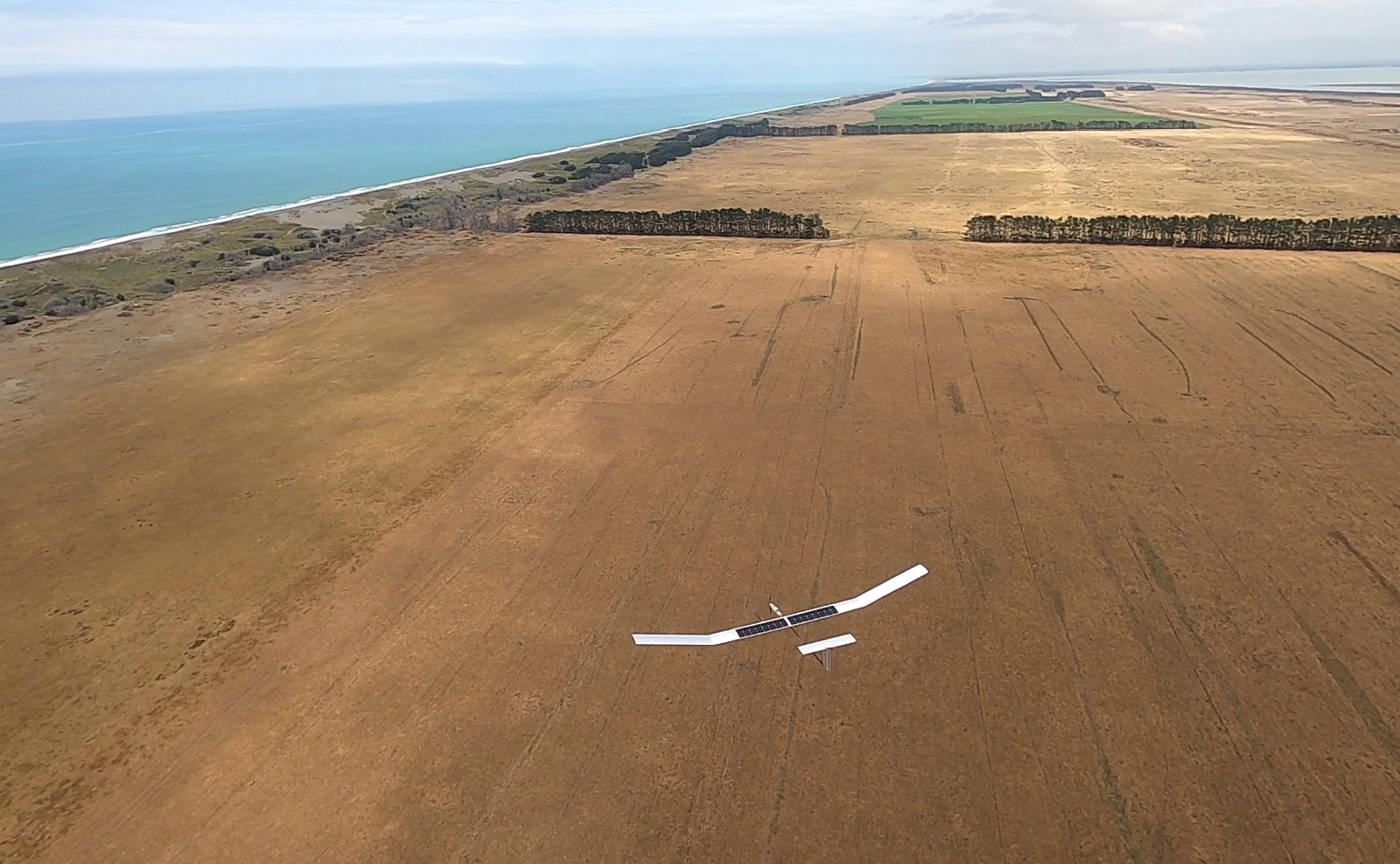
Photo credit: Tāwhaki and Kea Aerospace
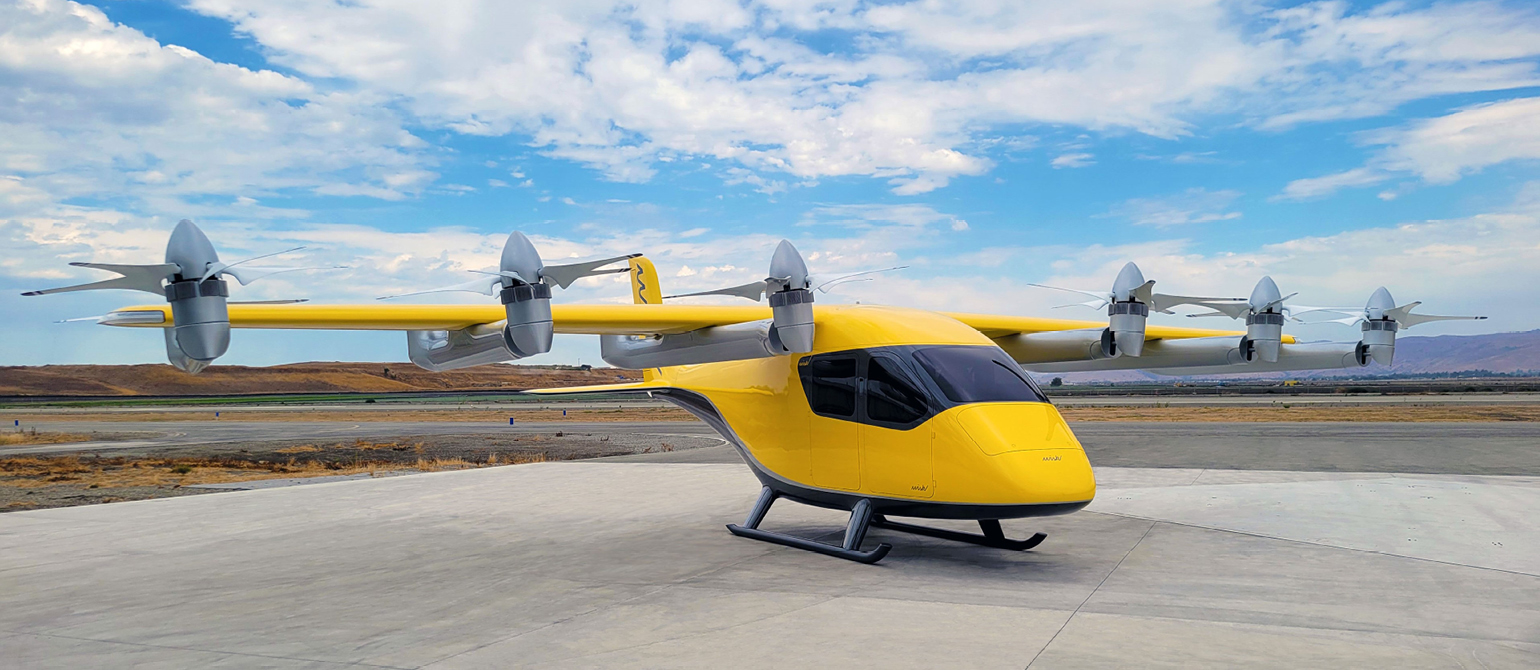
Photo credit: Wisk Aero
Goal 2: Safely integrate autonomous aerial vehicles | Whāinga 2: Te whai wāhi mai o ngā rererangi kaitaraiwa kore kia haumaru
Enabling the safe and secure operation of autonomous aerial vehicles alongside other forms of transport
Defining the goal:
New Zealand will work to integrate autonomous vehicles into domestic and international aviation systems. The government will work to remove barriers to the safe use of autonomous aerial vehicles in Aotearoa New Zealand so we can unlock significant economic and environmental opportunities while managing national security risks.
Why is this goal needed?
Fast-paced technology development has seen rapid global adoption of advanced aviation technologies. One of the biggest challenges facing regulators is how to safely integrate autonomous aerial vehicles into existing aviation systems, including remotely-piloted aircraft with autonomous components and semi-autonomous craft.
Examples of existing work:
- Te Manatū Waka Ministry of Transport is developing policy measures for the safety and compliance of autonomous aerial vehicles through the Enabling Drone Integration programme
- The Civil Aviation Authority has established an Emerging Technologies Programme to act as a bridge between the regulator and the aerospace sector.
Actions for implementing this goal are detailed in the action plan section at the link below. Further details about relevant work are available on the MBIE website and will be updated throughout the duration of the Strategy.
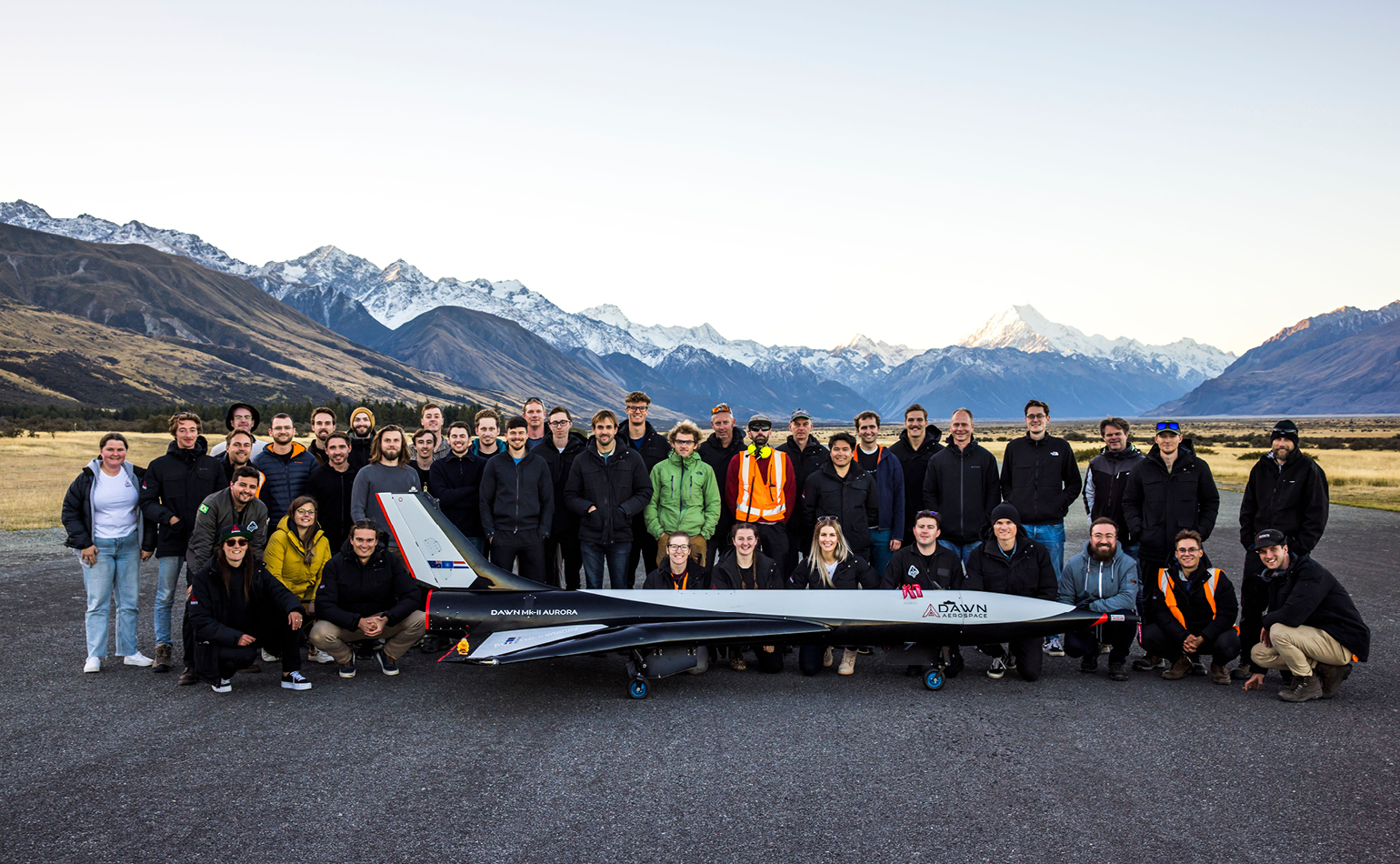
Photo credit: Dawn Aerospace
Goal 3: Be at the forefront of global sustainable space activities | Whāinga 3: Te noho whakaihuwaka ki ngā mahi o te ao mō te ātea-ā-rangi toitū
Leading in sustainable space activities and the development of the policies that enable them
Defining the goal:
Through world-leading policy and regulation and international partnerships, New Zealand will be a leader in both preventing the growth of the space debris population and enabling novel technologies for cleaning up Earth orbit and reducing the environmental impact of space activities. New Zealand will leverage its existing reputation as a responsible space actor to position ourselves at the forefront of sustainable space activities.
Why is this goal needed?
Space debris presents an increasing challenge to the global aerospace industry, threatening the safety and sustainability of Earth orbit. Managing the growth of the space debris population and improving the sustainability of space activities is important to ensure we can continue to explore space and benefit from these activities. Space activity also affects our view of space from Earth – for cultural, scientific and recreational purposes. We will engage internationally to further develop and represent New Zealand’s interests in this area.
Examples of existing work:
- American space firm LeoLabs built the Kiwi Space Radar in Central Otago to track small satellites and space debris
- Japan-based company Astroscale has an agreement with MBIE on space safety and sustainability. Astroscale is working with Rocket Lab and Te Pūnaha Ātea – Auckland Space Institute to study the feasibility of removing debris from orbit
- Government funding has supported the development of non-toxic and fuel-less propulsion systems, altitude control systems for collision avoidance, and orbital debris mitigation that reduce space debris risks for small satellites.
Actions for implementing this goal are detailed in the action plan section at the link below. Further details about relevant work are available on the MBIE website and will be updated throughout the duration of the Strategy.

Photo credit: RocketLab
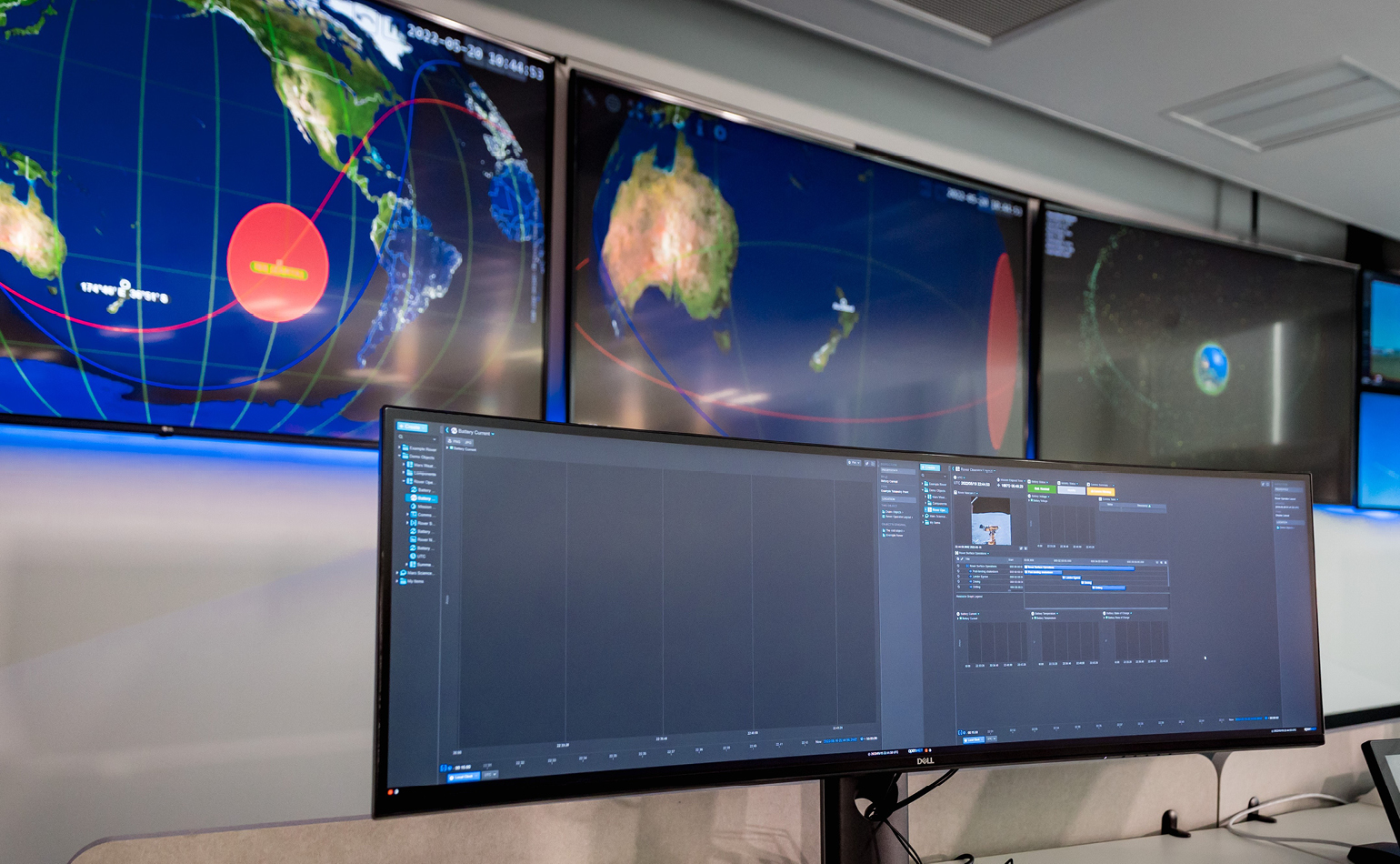
Photo credit: Te Pūnaha Ātea - Space Institute, University of Auckland
Goal 4: Actively support exploration in space | Whāinga 4: Te āta tautoko i ngā mahi ki te toro i te ātea-ā-rangi
Building on existing strengths to create a niche in developing high-value solutions that support a sustained presence in space
Defining the goal:
Aotearoa New Zealand can contribute at the forefront of space exploration, providing a gateway to space and being at the leading edge of technology development to advance exploration and scientific discovery. We can specialise in developing high-value solutions that support space exploration and draw on our existing strengths.
Why is this goal needed?
Growing New Zealand’s participation in the exploration of space through collaboration with our international partners will advance exploration and scientific discovery while allowing us to expand our role in the global space economy. New Zealand has existing strengths to support this goal, including in advanced manufacturing, in-space propulsion, optical communications, infrastructure for harsh environments, space mission operations and launch services. These strengths are supported by world-leading research in astrobiology, health and life sciences, and planetary sciences.
Examples of existing work:
- Aotearoa New Zealand is a signatory to the Artemis Accords, an international arrangement led by the National Aeronautics and Space Administration (NASA) to support peaceful exploration and activity in space
- The New Zealand Space Agency is part of the International Space Exploration Coordination Group, working alongside other space agencies to coordinate global space exploration efforts.
Actions for implementing this goal are detailed in the action plan section at the link below. Further details about relevant work are available on the MBIE website and will be updated throughout the duration of the Strategy.
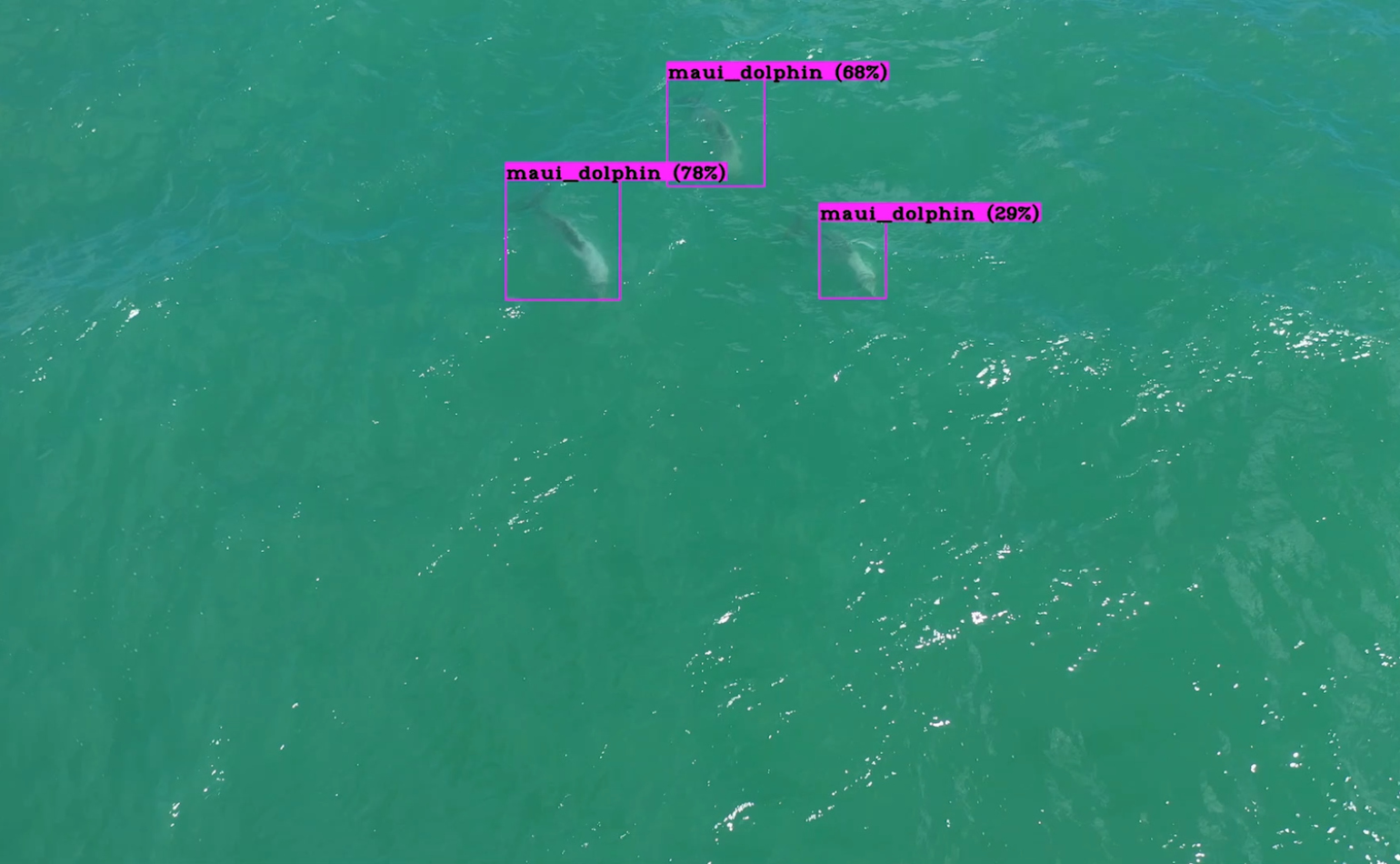
Photo credit: MAUI63
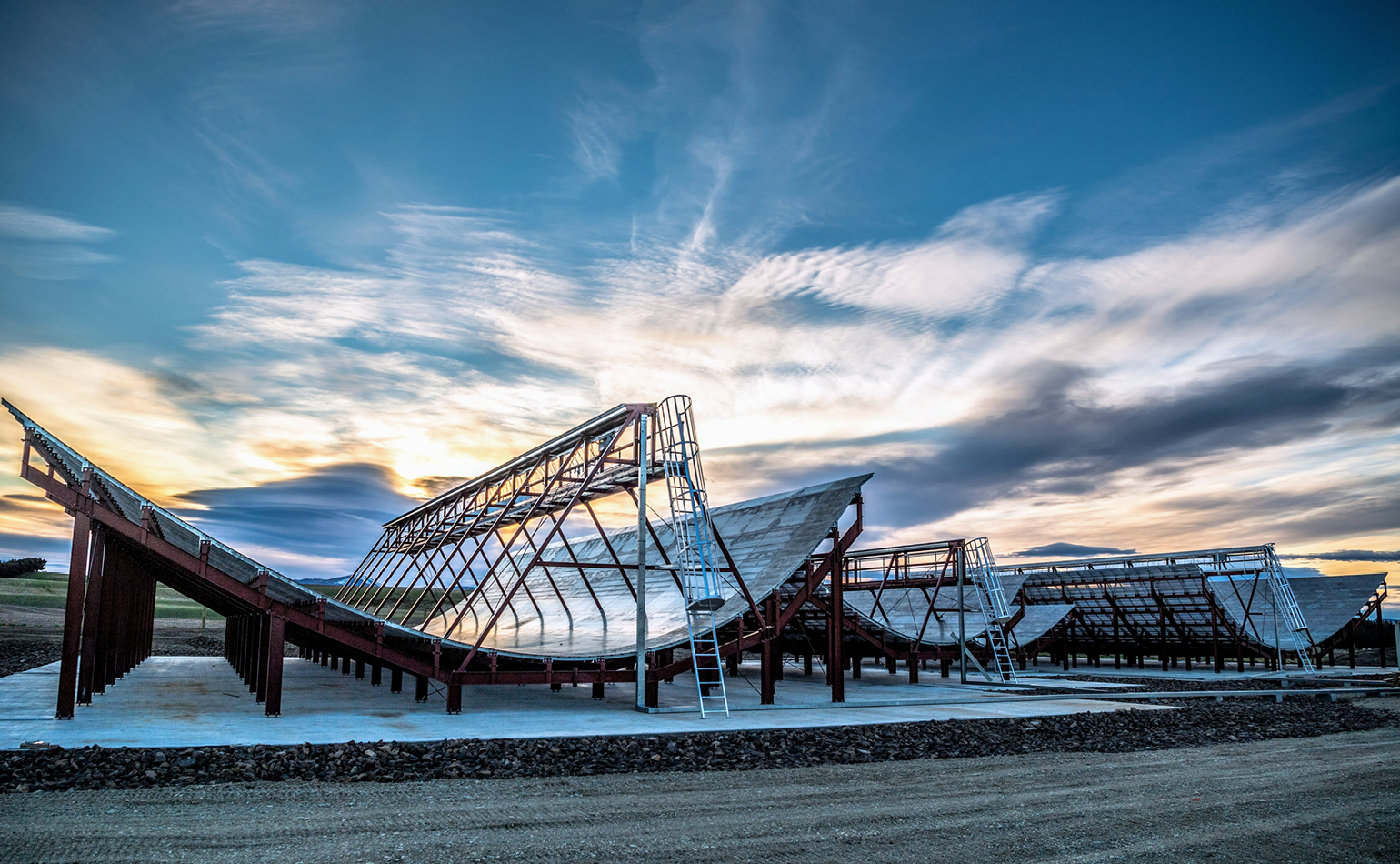
Photo credit: LeoLabs
Goal 5: Enhance decision-making using aerospace-enabled data | Whāinga 5: Te whakapai haere i ngā mahi whakatau take mā te whakamahi i ngā raraunga ka hua mai i te ātea-ā-rangi
Seizing opportunities from aerospace-enabled data to make data-driven decisions while enhancing productivity and economic value
Defining the goal:
New Zealand can generate and use aerospace-enabled data to drive productivity, develop new products and services and address key challenges. To build our capability in this area we will support the development of a range of air and space-based platforms. We will grow downstream data and software innovation, especially in geographic analytics and geographic information systems (GIS), artificial intelligence, and the development of robust data sets.
Why is the goal needed?
Aerospace technologies produce data and services which provide evidence for critical decision-making by government and others in New Zealand. We can use aerospace-enabled data to monitor the effects of disasters and adapt to climate change, track the health of our ecosystems, improve the efficiency of precision agriculture and measure carbon sequestration for climate change mitigation. This data can also support New Zealand’s national security sector to achieve its objectives.
Examples of existing work:
- The TakiWaehere New Zealand Geospatial Hackathon delivered in partnership by MBIE and Maxar encouraged students to develop new solutions that address pressing challenges with high-resolution satellite imagery and emerging technologies
- Air New Zealand and NASA worked together on the Rongowai mission to collect environmental data during flights to monitor climate change
- Datasets derived from aerospace data are available through Toitū Te Whenua Land Information New Zealand’s Data Service, the Integrated Data Infrastructure and the Land-use and Carbon Analysis System.
Actions for implementing this goal are detailed in the action plan section at the link below. Further details about relevant work are available on the MBIE website and will be updated throughout the duration of the Strategy.

